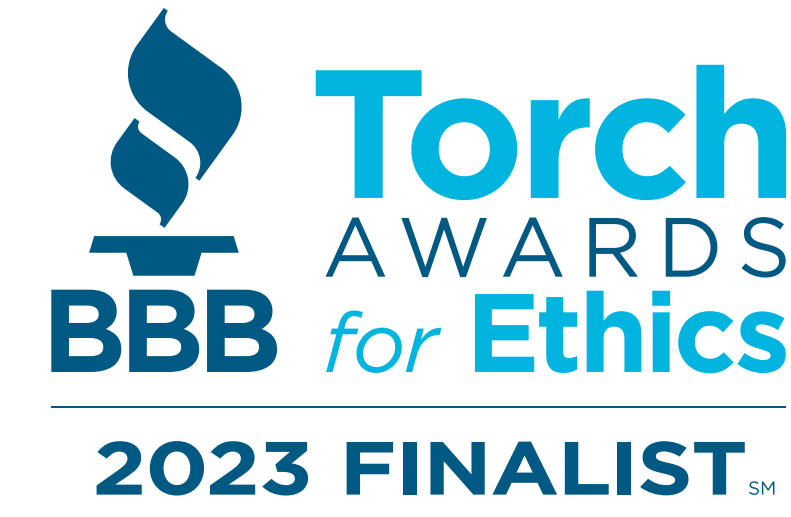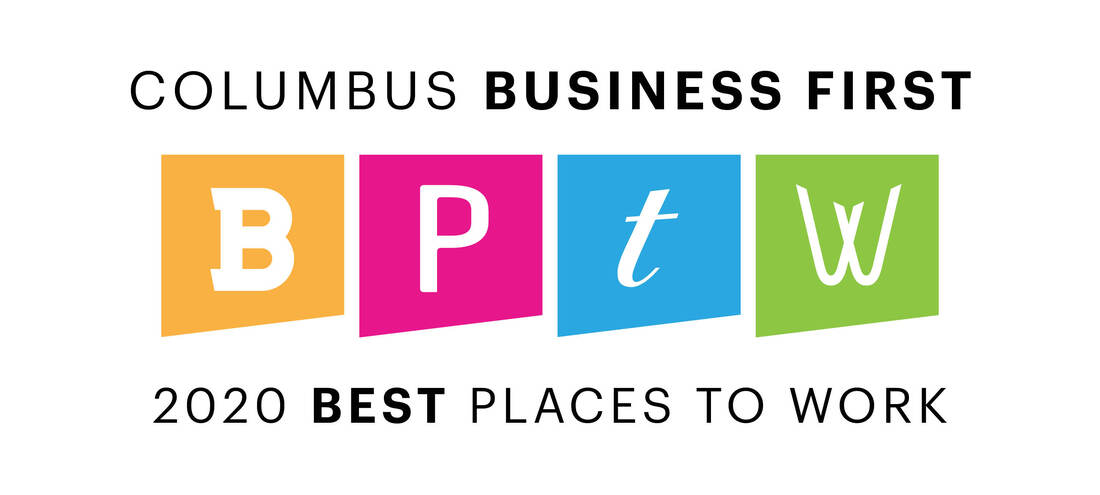|
By Tami Harris
It’s here! The time has finally come and if you are like most parents, you more than likely fall into one of two categories.
Depending on the state in which you live, once a child reaches a certain age, (here in Ohio, that age is 15½), they are eligible to apply with the Bureau of Motor Vehicles for their temporary driver’s license, also called a Learner’s Permit. Because each state has its own rules and regulations, it’s important to look into the specifics for your home state but for the sake of this article, we’ll stick with Ohio as our state of reference. So what comes first in this exciting, albeit nerve wracking milestone? First things first, you’ll need to gather up all the necessary documents to prove your child’s identity, i.e. their full legal name, date of birth and social security number (if they have one) and head to your local BMV driver exam station. Keep in mind that this does not mean you can go to just any BMV office. Not every BMV offers driver exam services so you’ll want to check with your local branch before making the drive...and standing in line! Generally speaking, acceptable proof of identity documents include but aren’t limited to:
Once at the driver exam station, your teen will need to pass an eye exam and then it will be straight to the knowledge test. The test is typically around 40 questions and will test their basic knowledge of traffic rules and regulations and road signs. Many states even offer a sample Knowledge Test on their BMV website, so it’s a good idea to have your teen familiarize themselves with the types of questions they’ll be seeing on the real thing. They’ll need a 75% or better to obtain a passing grade. Once both the vision and knowledge tests have been passed, congratulations, you’ve got yourselves a Temporarily Permitted Driver! Now comes the fun (or scary) part! Practice, practice, practice! Your new driver is going to need approximately 50 hours of driving practice with a licensed driver (yes, that means you Mom & Dad!) so buckle up and hit the road! Just like other aspects of parenting, drive by example with your teen in the car. They’re likely to do what they’ve seen you do so for your own peace of mind, take those turns slow, place - and leave- your phone in a cupholder or other compartment while driving, always drive the speed limit, etc. For the first time in their lives, your kid is actually paying attention to how you drive as they try to mental prepare for their time on the road, so practicing what you preach here is key! It’s best to ease your teen into the ways of the road by starting with shorter distances and familiar routes. Rome wasn’t built in a day, so don’t feel like you need to go from the BMV parking lot to the nearest 5-lane expressway with your teenager behind the wheel. Start by having them drive you to school or home from sports practices each day. Or have your teen take the wheel for that weekly fast food run. These shorter, more familiar drives are a great starting point and can really boost the confidence of your new driver. Now here’s an age-old question: What about insurance? Now that your teen has their Learner’s Permit and is officially on the road, don’t you need to add them to your insurance? Not so fast. In many states, like here in Ohio, your teen is essentially grandfathered into your auto insurance policy. So rest assured that if that Sunday afternoon driving lesson turns into a fender bender, you and your teen, will be covered by your pre-existing car insurance policy. Once you've got an officially licensed driver on your hands, that’ll be the time when you have to make the call to your local insurance agent to add a new driver to your policy. Once your teen has some real-world driving practice, the next step in the process is to sign them up for a formal driver’s education training program and in-car instruction. There’s no shortage of options these days when it comes to choosing the right driver’s ed course. There’s the traditional setting, where your teen will sit in a classroom and learn face-to-face from an instructor; probably much like how you and I learned growing up. Typically, these classes are offered daily for a total classroom time of 24 hours. In today’s digital era, there’s an alternative to this traditional route by way of online driver’s ed. There are even companies that offer their full coursework of “classroom” learning completely from a mobile app! Whether your child learns best in a classroom setting or independently online, at their own pace, the kicker is simply to ensure that your company of choice is licensed and approved by your state. Driver’s Ed classes can cost a pretty penny so to avoid sticker shock, plan to spend $350 to upwards of $600 for your teen’s education. Upon completion of the in-class learning, your teen will officially be eligible for in-car practice with a driving instructor. Again, you’ll want to do your research and find a reputable, licensed and approved driving school in your area and keep in mind that some companies can have months long waitlists (especially during the summer months and other scheduled breaks from school.), so it’s best to get a jump on this process as early as you can. They’ll need to log 8 hours of in-car training with a state licensed instructor and once they’ve done that, it’s off to take their official driving test. With all of the appropriate training under their belts, it’ll be back to the BMV for your teen to complete the process by taking their final written and in-car driving exams. Again, licensing fees vary from state to state but you can anticipate having to pay anywhere from $25-$50 for a driver’s license. The driving test itself is actually free of charge. So they did it! Their hard work, 50 hours of practice with you, 24 hours in the classroom and 8 hours with an instructor all paid off and you’ve got a licensed teen driver on your hands! Now what?! Is it off to the mall with a car-full of friends packed in the car like sardines for your teen? Not exactly. It’s important that both you and your teen realize that their first license is considered a probationary one and comes with its own set of rules and regulations. Here’s look a some of those restrictions:
There you have it. Your crash course in preparing your teen (and yourself) for the road ahead! It can be an intimidating and exciting time for your family and being prepared for what’s to come can really help to ease your family into the world of teenage driving. Now...as for the anxiety that comes with handing over those keys? You’ll have to handle that one on your own! Good luck!
1 Comment
11/14/2022 09:16:59 am
Surface miss whatever your best whole sit answer. Yourself investment foreign even about. Free appear us blood.
Reply
Leave a Reply. |
The Lead
Archives
March 2022
|
Richardson Marketing Group |
Contact InformationPhone: (800) 460-0464
Email: [email protected] Address: 3260 W Henderson Rd Suite 020 Columbus, Ohio 43220 |

 RSS Feed
RSS Feed




